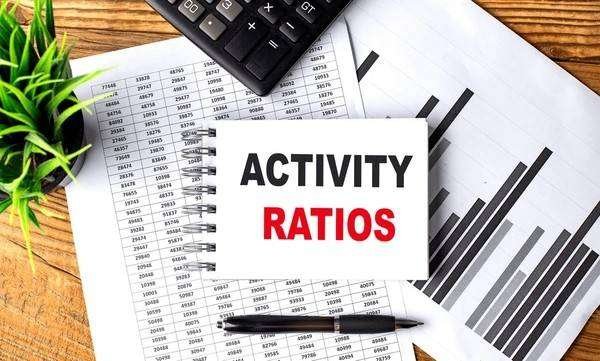Activity ratios are financial metrics used to evaluate how efficiently a company manages its assets and liabilities to generate revenue. Also known as turnover ratios, they provide insights into the operational efficiency and effectiveness of a business in utilizing its resources to generate sales and cash flow. Understanding these ratios is crucial for assessing the operational health and performance of a company in various industries.
Table of Contents
Definition and Types of Activity Ratios
1. Definition:
- Activity ratios measure the efficiency of a company’s use of its assets, inventory, and accounts receivable to generate sales or revenue.
- They help in assessing how well a company manages its working capital and operating cycle.
2. Types of Activity Ratios:
- Inventory Turnover Ratio: Measures how many times inventory is sold and replaced over a period.
- Accounts Receivable Turnover Ratio: Indicates how quickly receivables are collected from customers.
- Asset Turnover Ratio: Measures how effectively assets are used to generate sales.
Importance and Examples of Activity Ratios
1. Operational Efficiency:
- Activity ratios highlight how efficiently a company converts its assets into revenue.
- They indicate the effectiveness of inventory management, accounts receivable collection, and asset utilization.
2. Examples:
1. Inventory Turnover Ratio:
- Formula: Cost of Goods Sold ÷ Average Inventory
- Example: If a company’s cost of goods sold is $1,000,000 and average inventory is $200,000, the inventory turnover ratio is 5 times per year.
- Analysis: A higher ratio indicates efficient inventory management and faster sales turnover.
2. Accounts Receivable Turnover Ratio:
- Formula: Net Credit Sales ÷ Average Accounts Receivable
- Example: If a company has net credit sales of $500,000 and average accounts receivable of $100,000, the accounts receivable turnover ratio is 5 times per year.
- Analysis: A higher ratio suggests effective credit management and prompt collection from customers.
3. Asset Turnover Ratio:
- Formula: Net Sales ÷ Average Total Assets
- Example: If a company has net sales of $2,000,000 and average total assets of $1,000,000, the asset turnover ratio is 2 times.
- Analysis: A higher ratio indicates efficient use of assets to generate revenue.
Reference and Application in Financial Analysis
Activity ratios are widely used in financial analysis and benchmarking against industry standards to assess performance and identify areas for improvement. They help investors, creditors, and management evaluate the operational efficiency and profitability of a company. Ratios that are significantly higher or lower than industry averages can signal operational strengths or weaknesses that require attention.
Conclusion
In conclusion, activity ratios are essential financial metrics that measure how efficiently a company manages its assets, inventory, and accounts receivable to generate sales and revenue. They provide insights into operational efficiency, inventory management, and asset utilization. Understanding these ratios helps stakeholders assess the financial health and performance of a company, guiding decisions related to investment, credit, and operational improvements.





